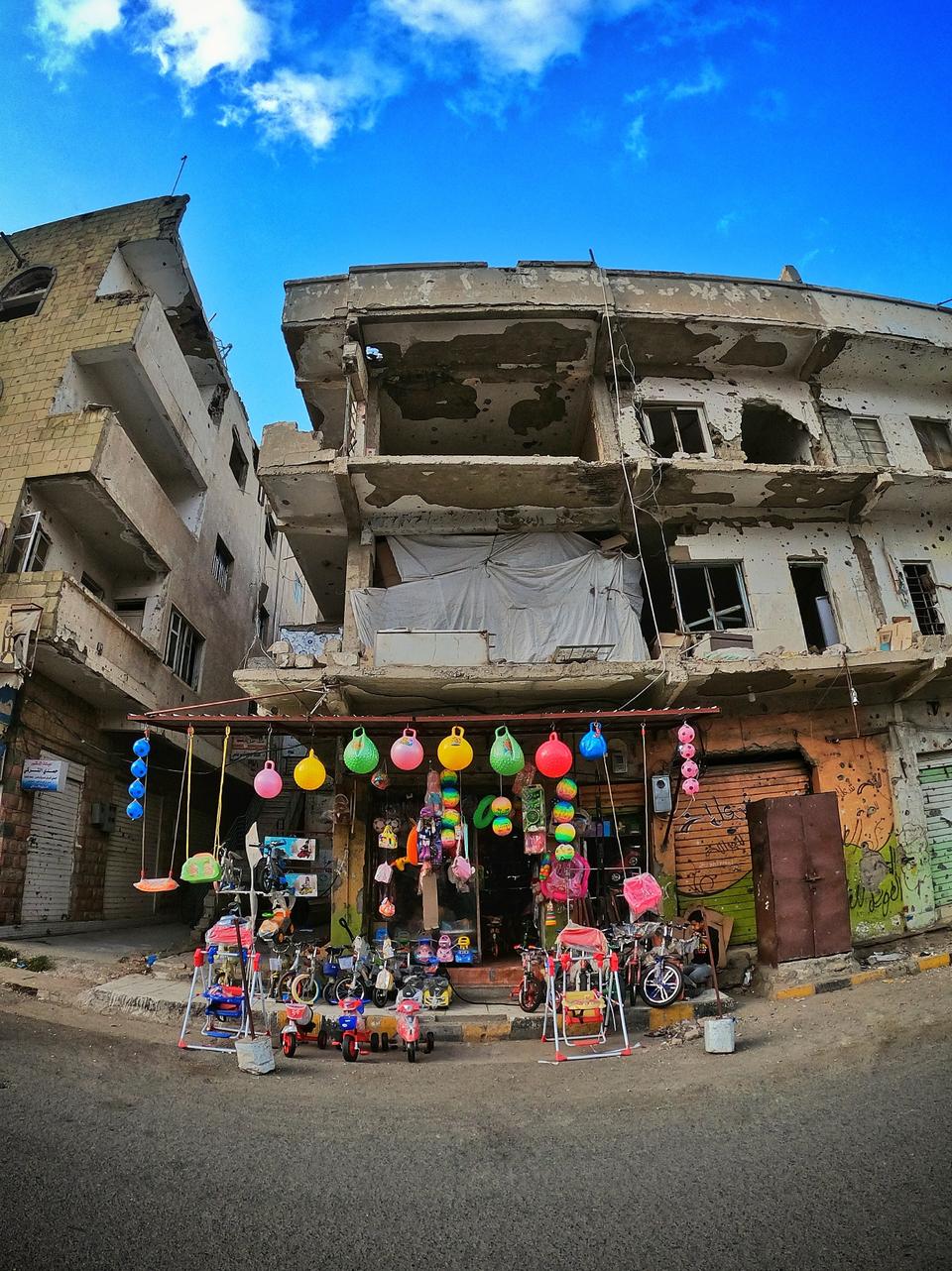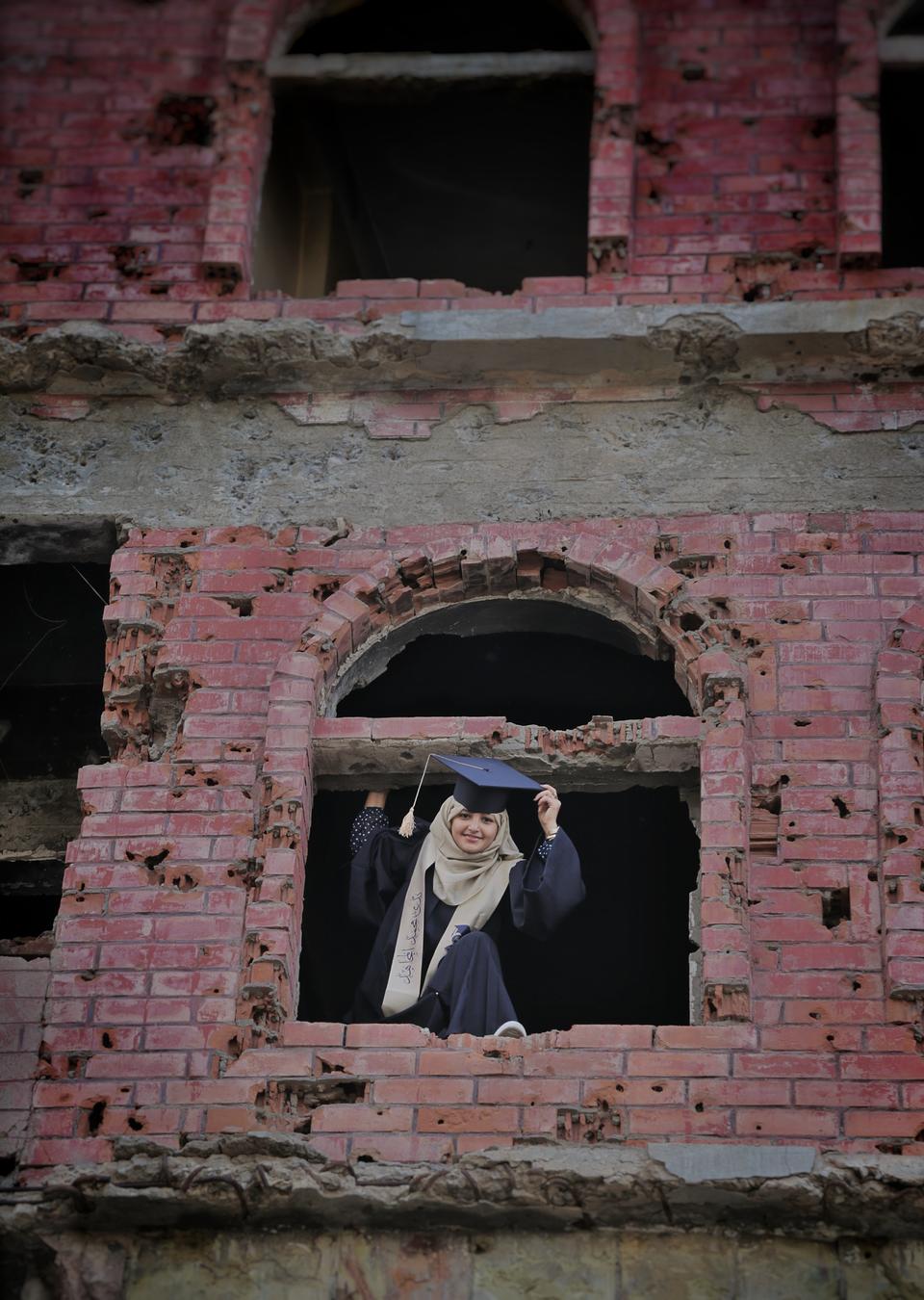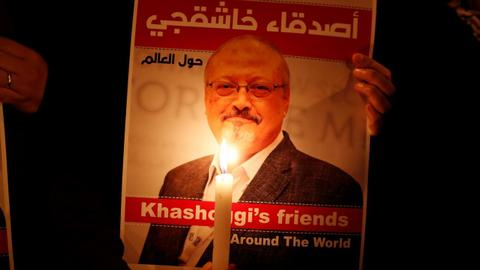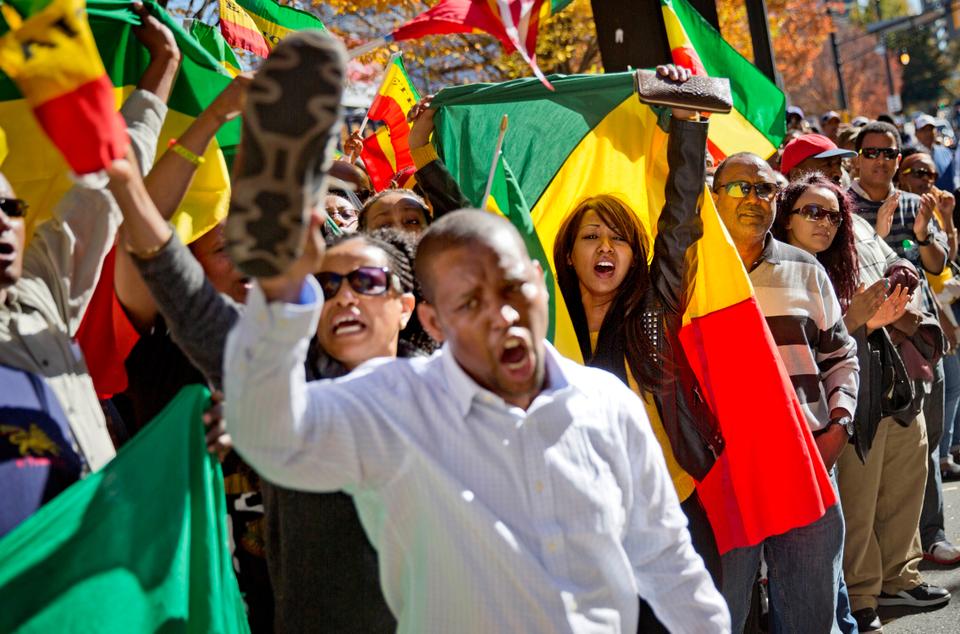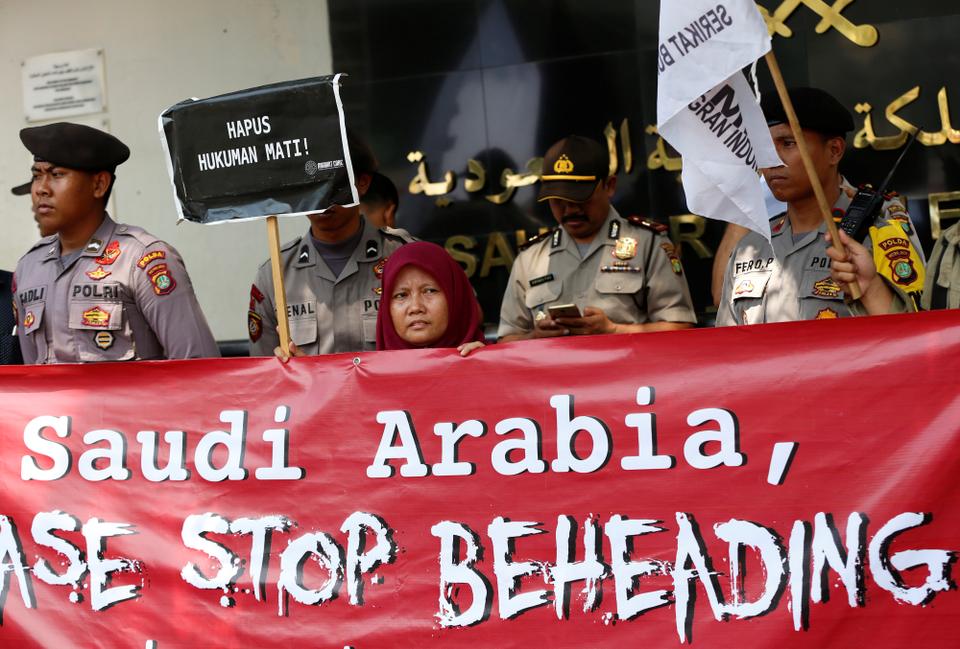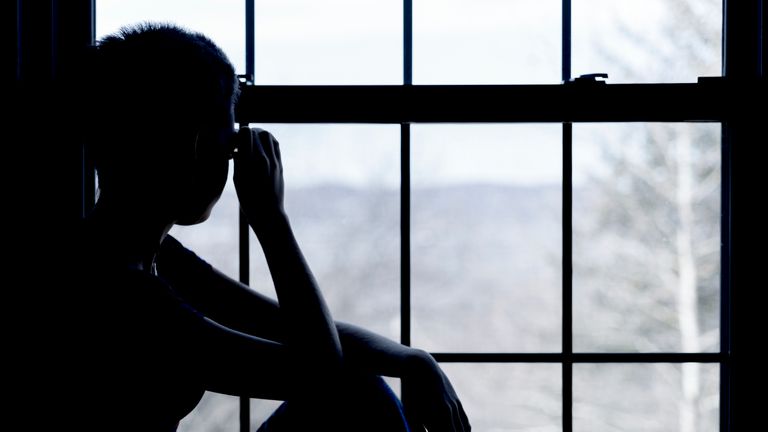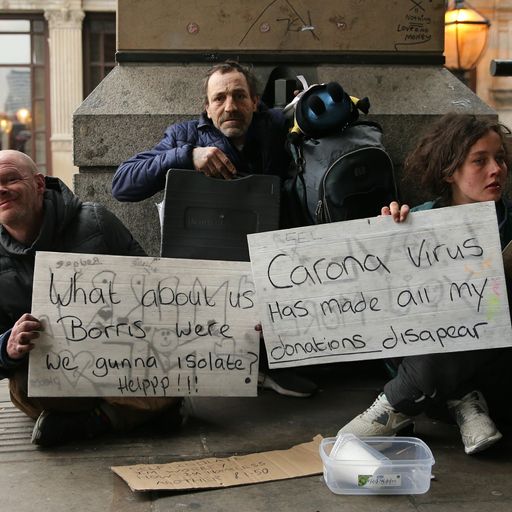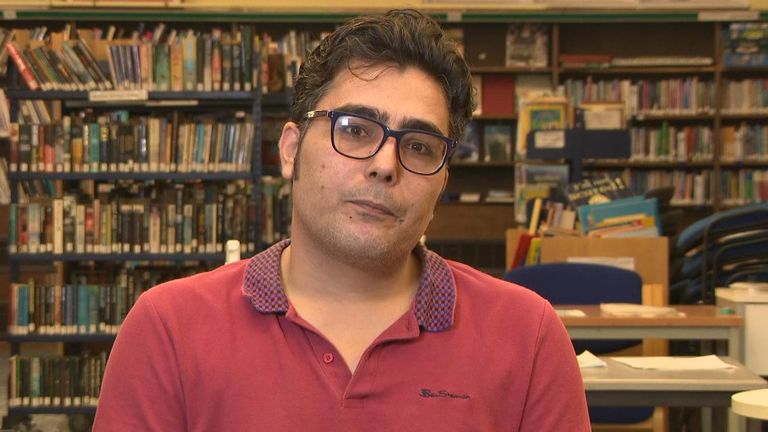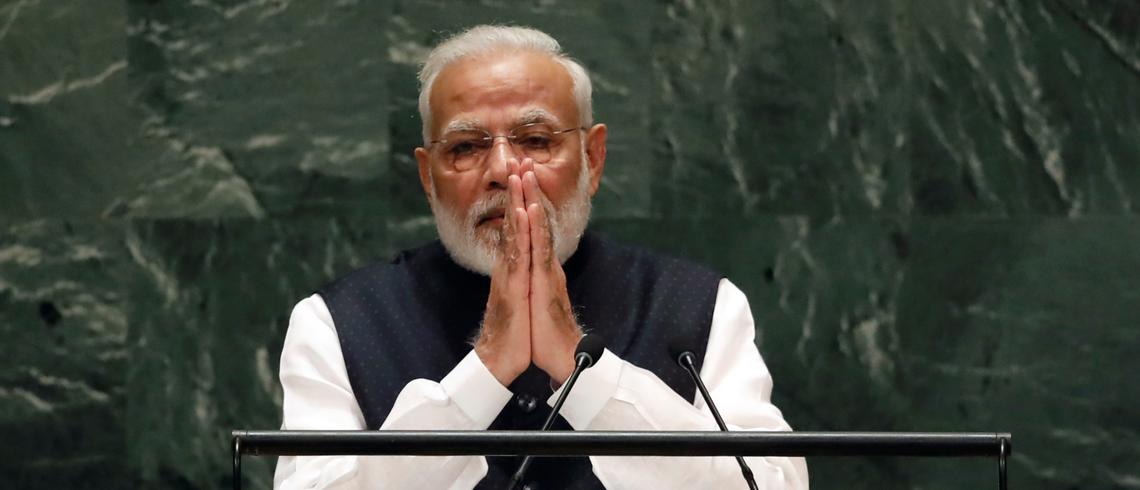
Hundreds of fake news websites and NGOs linked to Indian entities were used to spread propaganda against Pakistan internationally.
For years Pakistan has accused its archrival India of engaging in hybrid warfare which relies on a disinformation campaign to undermine Islamabad at international forums. Now it seems much of that is true.
The EU DisinfoLab has uncovered a network of NGOs and fake media organisations linked to India that for more than a decade have been engaged in anti-Pakistan propaganda.
"It is the largest network we have exposed," Alexandre Alaphilippe, executive director of EU DisinfoLab told the BBC after the report “Indian Chronicles” was published on Wednesday.
Brussels-based DisinfoLab is a European NGO which aims to check the disinformation targeting the European Union, its parliamentarians and policies.
In a sophisticated operation, much of which has been linked to the New Delhi-based Srivastava Group, hundreds of fake media outlets, long-dead organisations and stolen identities were used to paint Pakistan in a negative light in the EU and elsewhere, the report says.
While DisinfoLab says it has not found any connection between this campaign and the Indian state, Pakistan’s foreign office came out with a strong statement.
“India not only spread disinformation but abused international institutions in its desire to malign Pakistan,” it said.
The revelations could deepen tension further between the two neighbours who have fought three wars and have come close to another full blown conflict last year.
Resurrected to deceive
The DisinfoLab investigation found that at least ten long-defunct NGOs and industry-related organisations were resurrected and used to lobby diplomats at international forums, especially the UN Human Rights Council (UNHRC).
For instance, the Commission to Study the Organisation of Peace (CDOP), an NGO that became inactive in the 1970s, was reactivated in the mid-2000s to organise events on the sidelines of UN sessions and send representatives to panel discussions.
Its origin has been linked to Srivastava Group.
What will worry many in Islamabad is that the NGOs in question are UN accredited, something which makes them appear legitimate.
The groups are also responsible for putting up “Free Balochistan” posters across Geneva in 2017. Pakistan’s restive Balochistan province is facing an insurgency, and India often highlights the human rights violations there to deviate attention from its own atrocities in Kashmir.
The International Club for Peace Research (ICPR), another dormant NGO that focuses on Africa, was resurrected in 2009 when it started to appear at the UNHRC sessions where Pakistan was targeted.
It was this so-called NGO which in 2012 issued a press release, distributed by Indian news agency DNA, demanding “enquiry into genocide in Bangladesh by Pakistani Army.”
“The (ICPR) website refers to promoting peace and to Mother Teresa in its “about us” section, lists past events and meetings related to peace and human rights in Africa, but its “news”, “pictures” and “demonstrations” sections are entirely about human rights in Pakistan,” DisinfoLab says.
The groups ostensibly lobby around issues that are sure to cause discontent within Pakistan.
“Generally, we found several other NGOs regularly covering the same issues around minorities in Pakistan, Balochistan, Kashmir and Gilgit-Baltistan. For a majority of these NGOs, these issues are not part of their original mission,” it notes.
For instance, in the southern Sindh province there’s strong resentment against the construction of upstream dams. But despite it being a domestic matter, the World Sindhi Congress was invited by one of the groups at the 2018 UNHRC to speak against the dam.
The report has also raised questions about the performance of UN bureaucracy as organisations set up to represent industry groups ended up in the hands of Indians and later used solely as tools to bash Pakistan.
Take for example the Canners International Permanent Committee (CIPC), which was established to promote the canning industry but stopped functioning in 2007. It was later reactivated by the same Indian network.
“The core theme of the original NGO – “canned foods” - was totally diverted by Indian Chronicles to undermine Pakistan at the Human Rights Council,” says DisinfoLab.
Another interesting example is of the African Regional Agricultural Credit Association (ARACA), which instead of proposing ways to help farmers, has used Geneva for anti-Pakistan activities.
A Pakistani dissident, Mehran Marri, also known as Mehran Baluch, who has more than 27,000 followers on Twitter, has spoken on behalf of ARACA.
Marri, who supports Balochistan’s secession from Pakistan, has also served as the President of Balochistan House, an organisation linked to Ankit Srivastava of the Srivastava Group.
“NGOs tied to this ecosystem are also often represented by official representatives of minorities in Pakistan, who can be seen to speak for different organizations,” notes DisinfoLab.
The media connection
The Indian disinformation network relies heavily on more than 700 fake media outlets to spread propaganda of the NGOs linked to Srivastava Group.
Fake news websites such as EU Chronicles, Japan Times Today, and Arizona Herald, regularly published Pakistan-centric stories.
The DisinfoLab found that the Indian news wire agency, ANI, a partner organisation of Reuters, often helped magnify the stories published by these outlets.
Once sent out by ANI, these stories were picked up by respectable media groups such as The Times of India and The Economic Times.
A glaring example of how the propaganda works can be seen in the 2017 interview of the Pakistani diplomat Hussain Haqqani published in another fake outlet, Times of Geneva.
The story titled ‘Baloch posters in Switzerland to isolate Pakistan’ was picked up by ANI and forwarded to its subscribers. It ended up on the webpages of Outlook India magazine and the Business Standard.

